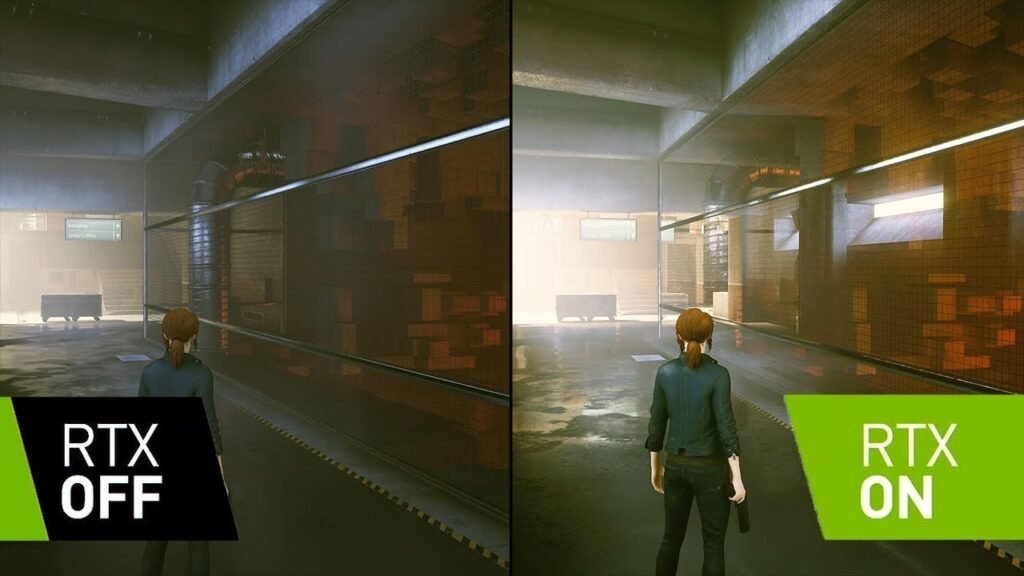These few days, Ray Tracing and super sampling are at the center of the debates. Indeed, AMD Radeon RX 6000 series graphics cards seem to perform better than Nvidia's GeForce 3000 series cards in standard graphics output format (without Ray Tracing enabled). AMD did not provide benchmarking data with Ray Tracing enabled during its presentation. The company nevertheless promised to present details on Ray Tracing and super sampling within a few days.
Measure card performance using 3DMark
3DMark is undoubtedly one of the benchmark software for graphics card benchmarking. The company UL Benchmarks is therefore not late and has just implemented a new functionality which allows the performance of graphics cards to be tested on titles with Ray Tracing activated. 3DMark is therefore ready for benchmarking these new generation graphics cards.
Before November 2020, only Nvidia GForce cards supported Ray Tracing. However, AMD has just broken Nvidia's hegemony by producing cards compatible with this functionality. The first AMD Radeon RX 6000 series cards will be released this November 18, including the Radeon RX 6800 and Radeon RX 6800 XT . As a result, UL Benchmarks has updated its 3DMark software to be able to compare them.

How does the Ray Tracing test work?
The principle of the test consists of determining the time taken by the card to display each pixel and the effects of Ray Tracing. UL does not rely on traditional rendering which consists of activating Ray Tracing for the pixels which are at the center of interest (field of view), but of activating Ray Tracing for all the pixels of the image . Performance is therefore measured in relation to the time taken by the card to display each image in 2,560 x 1,440 pixels and to draw shadows and different effects on each pixel. The number of samples for the test is configurable. The test thus calculates the average number of images displayed per second. With the 3DMark update, it is entirely possible to take screenshots and move around the scene in interactive mode.
To benefit from this function, you must have the latest version of 3DMark. The update is available, among other places, on the UL Benchmarks . It is free for those who have a 3DMark Advanced Edition . Once the software is up to date, the various new features are supported, to name only Ray Tracing and Nvidia DLSS (super sampling).




